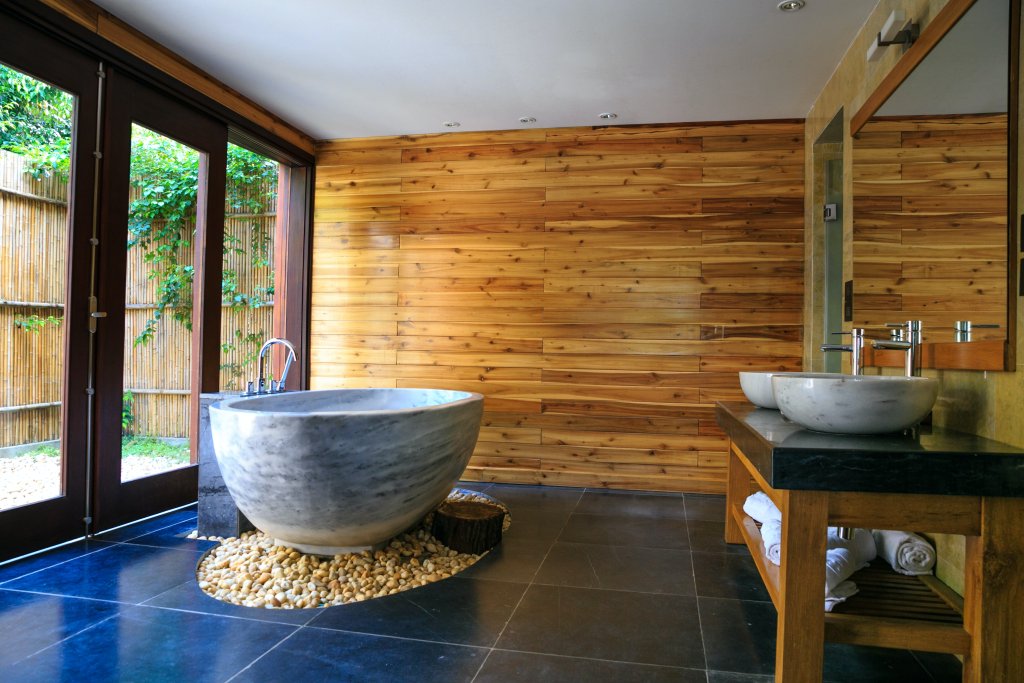We’re all trying to be a bit more eco-friendly these days, and you can apply the principles of sustainability to every area of your life, including the roof over your head.
If you’re interested in the idea of building a home that’s planet-positive, then knowing a thing or two about green construction first is necessary. Stick around as we take you through the most important talking points, and the steps involved in realizing your ambition of sustainable home ownership.
Understanding the construction tendering process
Firstly, you need to get to grips with tendering in construction. This is the means by which clients ask suppliers to tender offers for goods or services that are required for a given project.
The tendering process can be summarized in 5 stages, starting with the invitation to tender and ending with the execution of the agreed-upon contract.
The reason that this is relevant in a green construction context is that tendering has to be thought about from a sustainability perspective, on top of considerations relating to price. So when contracts are being negotiated, it’s not just a case of choosing the supplier with the cheapest quote or the best reputation, but the one which is also aligned with your eco-conscious requirements.
Making the most of materials
For a sustainable home, using alternative materials in order to reduce the carbon footprint during construction is sensible. You also need to consider whether the choices you make at this point will be the greenest in the long term.
For example, there’s no point picking materials which are reclaimed and thus ecologically sound to build your home with, if they won’t provide sufficient insulating properties to keep it warm during the winter. Mistakes here might leave you with much larger utility bills to pay, with heat lost equating to a greater environmental impact, and a need for energy efficient upgrades to be made after the fact.
You also need to think about the distance that materials have to travel to arrive on-site. Hauling products that are supposed to be sustainable halfway around the planet might not be wise if you can get alternatives closer to home.
So as with any aspect of green construction, it’s a case of not just listening to the hype, but doing rigorous research and comprehensive calculations that relate to the unique needs of your own project.
Looking to the long term
As mentioned, construction can’t be said to be green if it doesn’t achieve long term sustainability once a project is complete.
Indeed the process of designing and building an eco-home also has to take the life cycle of the building into account, accepting that at some stage in the future it will no longer be fit for purpose, and so its construction must take things like demolition and recyclability onboard as well.
Likewise if it’s possible to integrate energy generation into the design, whether through solar power, wind power, or anything else, this has to be done as a priority, rather than as an afterthought. A home can’t just look sustainable; it has to be empirically so.
Exploring on-site issues
Lastly, there’s the reality of construction sites being innately linked with harmful emissions. We’re not yet at the stage where electrification has reached every piece of machinery involved in putting together buildings, even if the design and materials are inherently sustainable.
That’s where the need for ultimate efficiency comes into play. If heavy equipment is harnessed, it needs to be done so precisely and for the shortest possible amount of time.
Prefabrication can also apply in this context, again by reducing the amount of on-site work required to get a house built. There’s the concern of essentially outsourcing emissions to another place in this context, but it’s one that can also be encompassed in your calculations.
Building your own sustainable home
When it comes to tackling your own green construction project, the best piece of advice to take onboard is the need to work with seasoned professionals who have a track record of working on this type of build in the past.
Picking an architect who’s got eco-friendliness in their design DNA, and selecting project managers and contractors who will adhere to this vision and also operate on-site in an environmentally sensitive manner, is the only way to realize your ambitions.
Most of us aren’t construction experts, and it’s never worth taking an amateur approach as a means of making savings, especially if you want to be sustainable.
Final thoughts
Green construction is still an up and coming trend, so you have a chance to be at the forefront of the movement.
There are obstacles to contend with and challenges to overcome, but your dream, green home is within reach if you want it, and have the budget for it.

